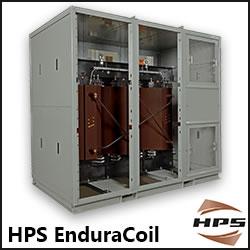Vestas Wind launches next generation of its wind-power "rocket"
Back in 2004, Danish wind turbine technologist, Vestas, launched its first Skyrocket sailing vessel, in an attempt to break the Outright World Speed Sailing Record. As part of this mission, the Sailrocket team has just launched its second-generation speed sailing boat from East Cowes on the Isle of Wight. According to the company, SailRocket 2 is designed to be "significantly faster than its predecessor". Over the last 15 months, Vest'as Sailrocket team has been focused on building a better, safer and - above all - faster boat at Vestas Technology R&D's facilities on the Isle of Wight. The culmination of this work was yesterday's launch of Sailrocket 2. "Since we started pursuing the Outright World Speed Sailing Record 9 years ago, the record has been raised by exactly 9 knots. The current record holders, the kite surfers, have taken it out of the reach of all the previous contenders and it is going to take a very special boat to get it back. Vestas Sailrocket 2 is a boat that aims high. The only satisfactory outcome for us is the outright record," Paul Larsen, pilot and project leader from the Sailrocket 2 team says. With the record raised to the current level, the ambitious team behind Sailrocket is even more eager to develop a boat to break the Outright World Speed Sailing Record (average speed of a craft between two points set 500 metres apart). In order to do that, conventional design has been left behind and everything is pushed to the limit.
Comments (0)
This post does not have any comments. Be the first to leave a comment below.
Featured Product

